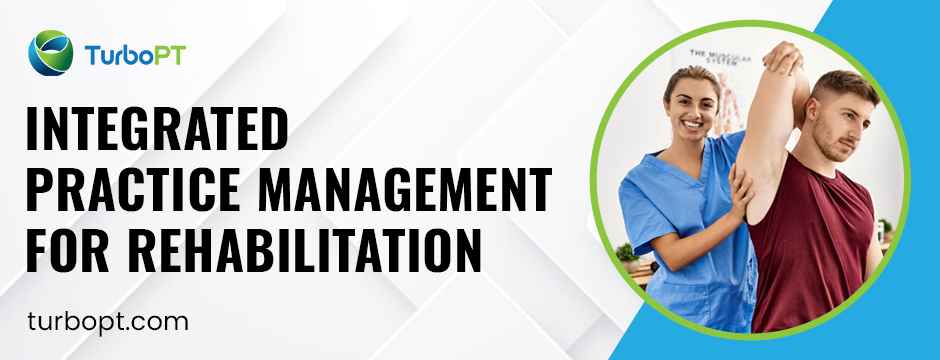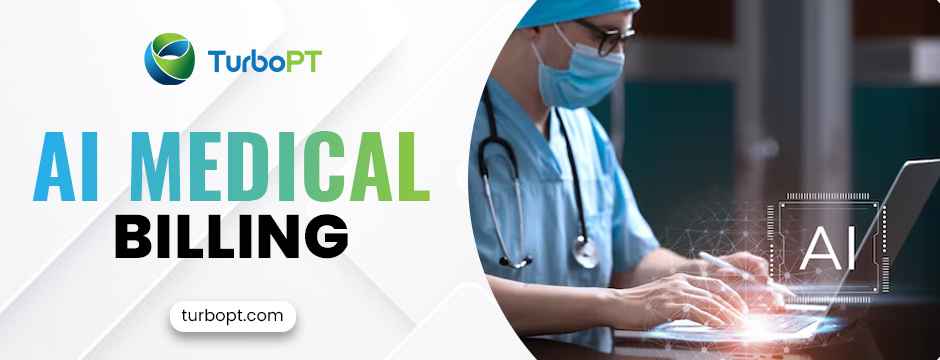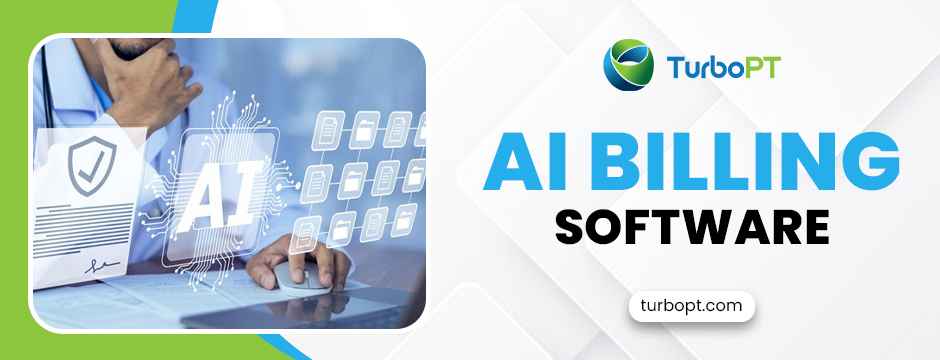Accuracy and efficiency are crucial in rehabilitation. Delivering the best possible care to patients is essential. Integrated practice management systems streamline workflows for physical therapy (PT), occupational therapy (OT), and speech-language pathology (SLP) by automating processes. These systems combine electronic medical records (EMR), scheduling, billing, and compliance into a single platform. It enhances workflow efficiency and improves patient outcomes. Below are the key factors to consider when choosing integrated practice management for rehabilitation.

1. Comprehensive Electronic Medical Records (EMR)
The base of any rehabilitation clinic is a strong EMR system. It helps physical therapists chart patient progress, access information from the past, and provide accurate reports. EMRs powered by AI provide greater depth to records. It keeps going through the help of natural language processing and instant updating, enabling physical therapists to regain lost time from paperwork. They also provide features like structured templates, auto-fill with suggested coding, and integration with diagnostic equipment to enhance accuracy and speed.
2. Seamless Scheduling and Appointment Management
Rehabilitation facilities can better manage patient appointments, therapist schedules, and resources with the use of effective scheduling functions. An integrated system should have:
- Automated reminders to reduce no-shows
- Online scheduling for the ease of patients
- Therapist scheduling to avoid collisions
- Calendar synchronization for real-time updating
Further, multi-location scheduling features in AI medical billing help large rehabilitation centers schedule appointments in different facilities. The feature ensures that patients are scheduled at the most convenient facility without disrupting the overall workflow.

3. Billing and Revenue Cycle Management
Billing for rehabilitation practice can be made complex with copayments, insurance claims, and multiple treatment sessions. A great integrated system should provide:
- Automated claim submission
- Insurance pre-authorization and verification
- Error detection to ensure accurate billing
- Payment processing for patients and insurers
An integrated system also monitors outstanding payments and sends automated billing reminders for easy financial management. Some even provide revenue cycle trends to help clinics optimize their financial well-being.
4. HIPAA Compliance and Data Security
With patient information at stake, compliance with HIPAA regulations is non-negotiable. A practice management system should offer:
- Encrypted storage of data
- Role-based access
- Ongoing security audit and backup
- Regulatory compliance
Data protection protects against breaches, which can lead to legal problems and compromised patient confidence. Second, a controlled-access cloud-based system provides security and instant real-time access to patient records without compromising patient privacy.
5. AI-Powered Documentation and Workflow Automation
Advanced AI capabilities in practice management software streamline documentation with:
- AI-assisted charting to complete patient records automatically
- Voice-to-text capability for quick note-taking
- Predictive analytics for treatment planning
- Automated reminders and follow-ups
With AI billing software, rehabilitation clinics can cut down on most of the administrative burden and improve documentation accuracy. AI-enabled documentation also allows physical therapists to spend more time with patients and less on paperwork.

6. Therapy Documentation Templates
Each rehabilitation practice has unique documentation needs. A good system should provide:
- Pre-formatted templates for various types of therapies
- Customizable forms to build individualized records
- Auto-fill of patient data to save time
Custom templates increase efficiency by enabling physical therapists to spend less time typing redundant information and more time delivering quality care.
Teletherapy capabilities, as outlined in ChatGPT documentation, enable patients to access rehab services remotely from home to provide convenience and make therapy more accessible.
7. Analytics and Reporting for Performance Improvement
Data-driven decision-making improves patient care and business efficiency. A good system should possess:
- Monitoring of patient progress with detailed insights
- Revenue optimization financial reporting
- Staff performance analysis for improved productivity
- Customizable dashboards for real-time monitoring
With trend analysis and performance measurement, rehabilitation clinics can identify areas for improvement and make informed decisions to enhance the quality of service.
8. User-Friendly Interface and Mobile Accessibility
A well-designed system will offer administrative staff and therapists ease of use. Among some of the key features are:
- User-friendly dashboard and navigation
- Mobile-compatible access for live updates
- Multi-device support for seamless workflow
Physical Therapists can access patient records and scheduling management remotely via a mobile-compatible solution. It promotes responsiveness and flexibility.
Conclusion
An integrated practice management for rehabilitation streamlines operations, improves patient care, and boosts overall clinic efficiency. With AI-powered documentation, seamless scheduling, automated billing, and secure compliance, rehabilitation practices can spend more time on patient recovery and less on paperwork.
Furthermore, the proper system saves money, optimizes use of resources, and aids in industry standard compliance. Rehabilitation facilities that invest in a sophisticated practice management system will benefit from improved workflows, improved patient interaction, and increased care levels.
If you are looking for a system that recasts rehabilitation management, seek out solutions from Turbo PT that feature these key capabilities. The right technology can transform your practice and elevate patient care to new heights.
